Disclaimer: We sometimes use affiliate links in our content. For more information, visit our Disclaimer Page.
Are you curious about the differences between craft coffee brands and Starbucks? While many people enjoy Starbucks, the rising popularity of specialty coffee reveals a shift in consumer preferences towards quality and unique flavors. This analysis will explore various aspects, including coffee production and sourcing practices, flavor profiles and brewing techniques, and the customer service experiences provided by both types of brands. By understanding these factors, you can make informed choices that align with your taste preferences and values. This guide will help you navigate your coffee options and elevate your daily brew.
Understanding the Craft Coffee Movement

The craft coffee movement has gained momentum with the emergence of artisanal roasters focusing on quality and unique flavor profiles. Key differences between craft and commercial coffee brands, such as Starbucks and Folgers, highlight consumer preferences. You will explore how today’s consumers are shifting towards specialty brands in search of a more enriching caffeine experience, departing from traditional drip coffee.
The Emergence of Artisanal Roasters
The emergence of artisanal roasters has transformed how you perceive quality coffee, shifting your focus toward an emphasis on purity and flavor. Unlike commercial giants like Starbucks, these roasters prioritize transparency in sourcing their beans, often opting for organic coffee that ensures a more authentic taste. With skilled baristas using advanced tools, including espresso machines, they craft beverages that elevate your coffee experience and invite you to explore unique flavor profiles that traditional brands may lack.
Key Differences Between Craft and Commercial Coffee
Craft coffee brands and commercial coffee chains like Starbucks differ significantly in both quality and approach. While commercial coffee often uses quick methods such as instant coffee and heavily relies on syrups or cream to enhance flavor, craft coffee emphasizes the purity of its brews. You may find that craft coffee options, prepared with methods like the French press or intricate espresso machines, offer a more nuanced taste and the possibility to enjoy latte art, showcasing the barista’s skill and attention to detail.
Consumer Shift Towards Specialty Brands
As you seek a richer coffee experience, you may notice a significant shift towards specialty brands like Intelligentsia, which emphasize sustainable coffee roasting and unique flavor profiles. Consumers increasingly prefer options, such as cold brew coffee, that offer a more tailored taste than traditional choices like Nescafé. This change reflects a growing demand for authenticity and craftsmanship, prompting you to explore a world of diverse brews and find the perfect mug that speaks to your coffee preferences.
The coffee you drink tells a story of its journey. Next, you’ll learn about the quality and sourcing that shape every cup.
Coffee Quality and Sourcing Practices
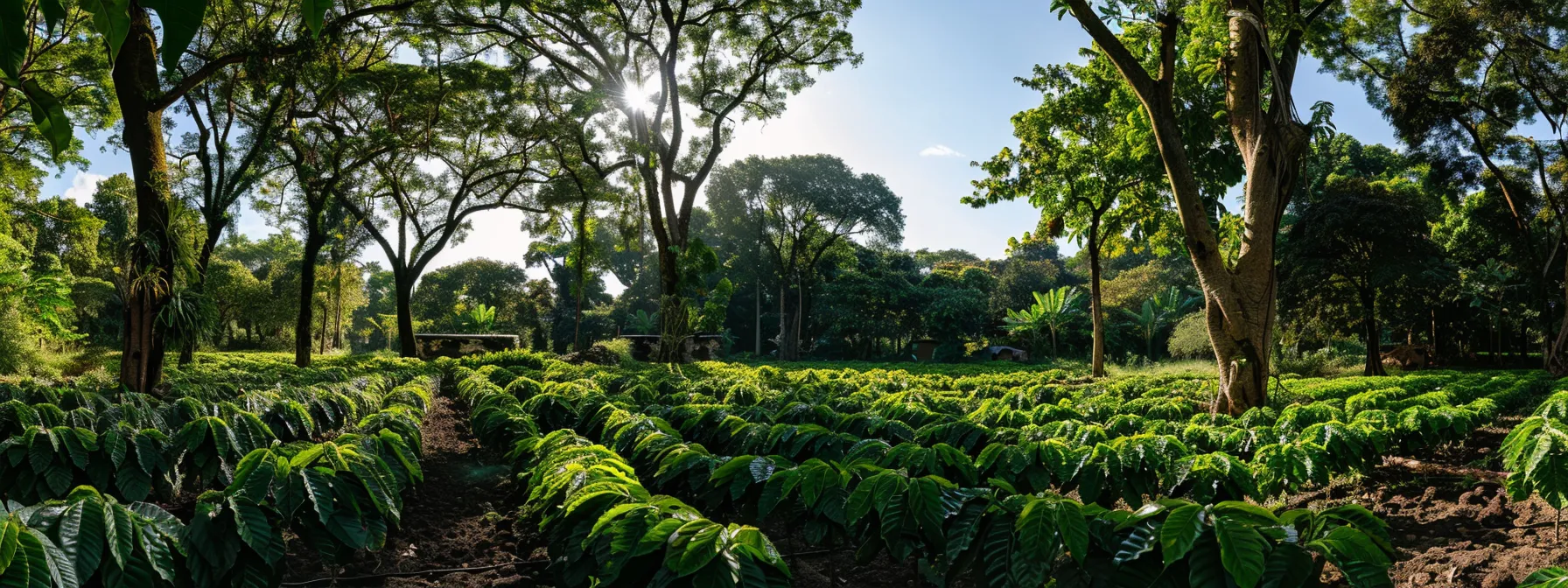
Understanding coffee quality involves examining the bean origin and selection processes. Starbucks has a specific approach to sourcing that emphasizes large-scale agriculture and sustainability. In contrast, craft coffee brands ensure superior bean quality through direct relationships with farmers, often focusing on unique flavor characteristics like caramel notes. The following sections will delve deeper into these sourcing strategies and their impact on your coffee experience.
Bean Origin and Selection Processes
When you consider the bean origin and selection processes, craft coffee brands like Blue Bottle Coffee often emphasize direct trade relationships with farmers. This approach ensures that you receive high-quality beans while supporting sustainable practices within the coffee culture. Unlike larger chains, which may focus on mass production, these brands prioritize special characteristics in their beans, enhancing your overall customer experience and providing a deeper appreciation of the flavors in your cup.
Starbucks’ Sourcing Explained
Starbucks utilizes a sourcing strategy that prioritizes large-scale agriculture while also highlighting its commitment to fair trade coffee principles. Their approach aims to provide a consistent level of product quality, featuring flavor notes like vanilla and sweetness that appeal to many consumers. While they do offer coffee concentrate options for convenience, this methodical coffee sourcing contrasts with the artisanal focus found in craft coffee brands that often prioritize direct relationships with farmers for unique flavor profiles.
How Craft Brands Ensure Bean Quality
Craft coffee brands ensure high bean quality by focusing on direct trade relationships with farmers, allowing for better control over sourcing practices. For example, brands like Stumptown Coffee Roasters carefully select beans with distinct flavor profiles, such as citrus notes, to create espresso that stands out in terms of taste and freshness. This method not only supports sustainable farming but also meets the growing consumer demand for premium, flavorful, and transparent coffee options.
Good coffee starts with careful sourcing, but it’s the flavor that draws you in. Next, you’ll discover how brewing techniques bring those flavors to life.
Flavor Profiles and Brewing Techniques
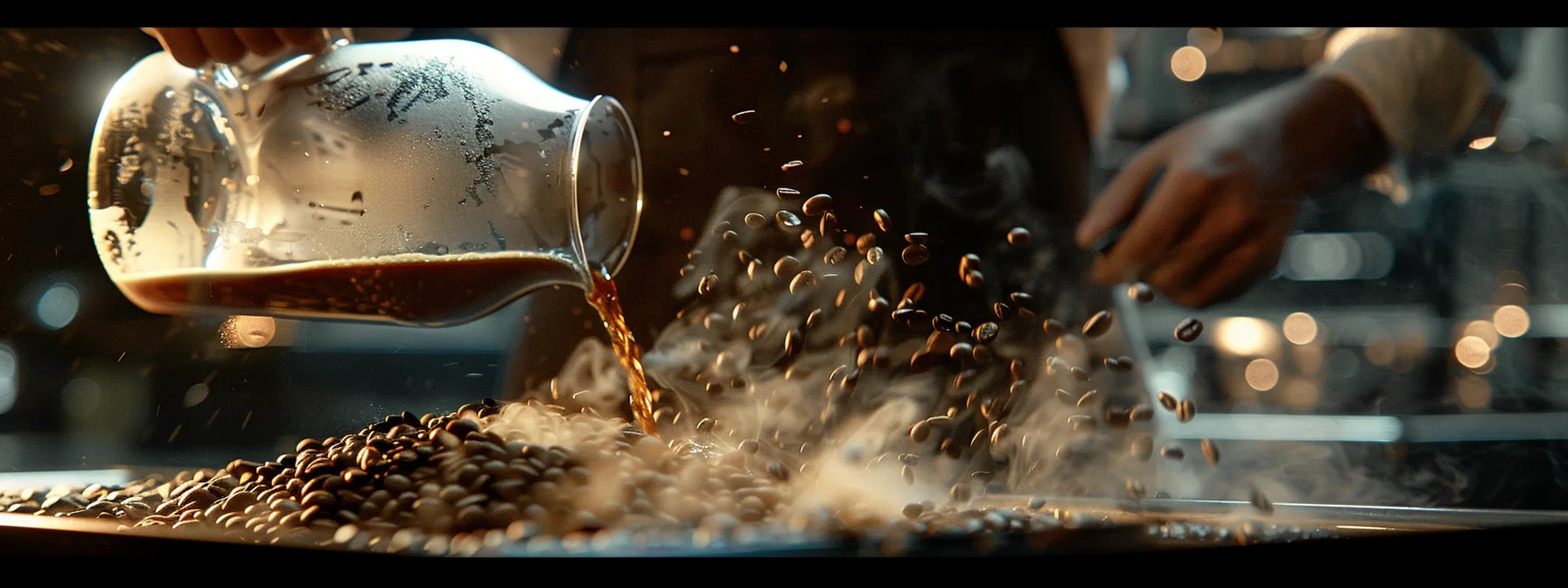
When comparing craft coffee brands to Starbucks, you’ll notice significant differences in tasting notes and flavor profiles. Craft coffees often highlight unique notes like hazelnut, while Starbucks blends focus on familiar flavors. Additionally, the brewing methods you choose can enhance these flavors, whether using a Keurig or traditional techniques, impacting the overall taste experience. Freshness plays a crucial role in revealing the nuances of sustainable coffee, making it essential to consider how each aspect affects your daily brew.
Comparing Tasting Notes of Craft Coffees and Starbucks Blends
When you compare the tasting notes of craft coffees with those from Starbucks, you’ll find a wide range of flavors that speak to different preferences. Craft brands often emphasize distinct and complex flavor profiles, such as berry or chocolate notes, that indicate a “cup of excellence” and showcase their fair trade practices. In contrast, Starbucks blends prioritize widely accepted flavors, focusing more on consistency than unique taste experiences. By exploring these nuances, you can better understand what resonates with your palate and make informed choices when you decide to “add to cart” your next coffee purchase.
Brewing Methods That Enhance Flavor
The brewing method you choose plays a crucial role in enhancing the flavor of your coffee, particularly when comparing craft coffee brands to giants like Starbucks. Techniques such as cold brew or pour-over allow the distinct characteristics of high-quality coffee beans to shine through, offering a refreshing iced coffee experience that many Starbucks Competitors strive to replicate. As climate change affects coffee cultivation, opt for brewing methods that highlight sustainable sources, providing a richer flavor and supporting the movement toward environmentally responsible retail practices.
The Impact of Freshness on Taste
The freshness of your coffee plays a crucial role in determining its taste and overall experience. When you brew coffee from freshly roasted beans, you unlock a vibrant and complex flavor profile that brings out unique notes, enhancing your appreciation for the beverage. In contrast, many commercially produced options like Starbucks may compromise freshness for convenience, leading to a less satisfying taste. To truly elevate your coffee experience, consider sourcing beans from craft coffee brands that prioritize freshness, ensuring each cup delivers the best possible flavor.
Brewing the perfect cup goes beyond just flavor; it’s about understanding what you truly pay for each sip. Next, we’ll look at how cost aligns with quality, helping you find the best value for your taste.
Price Comparison: Cost vs Value
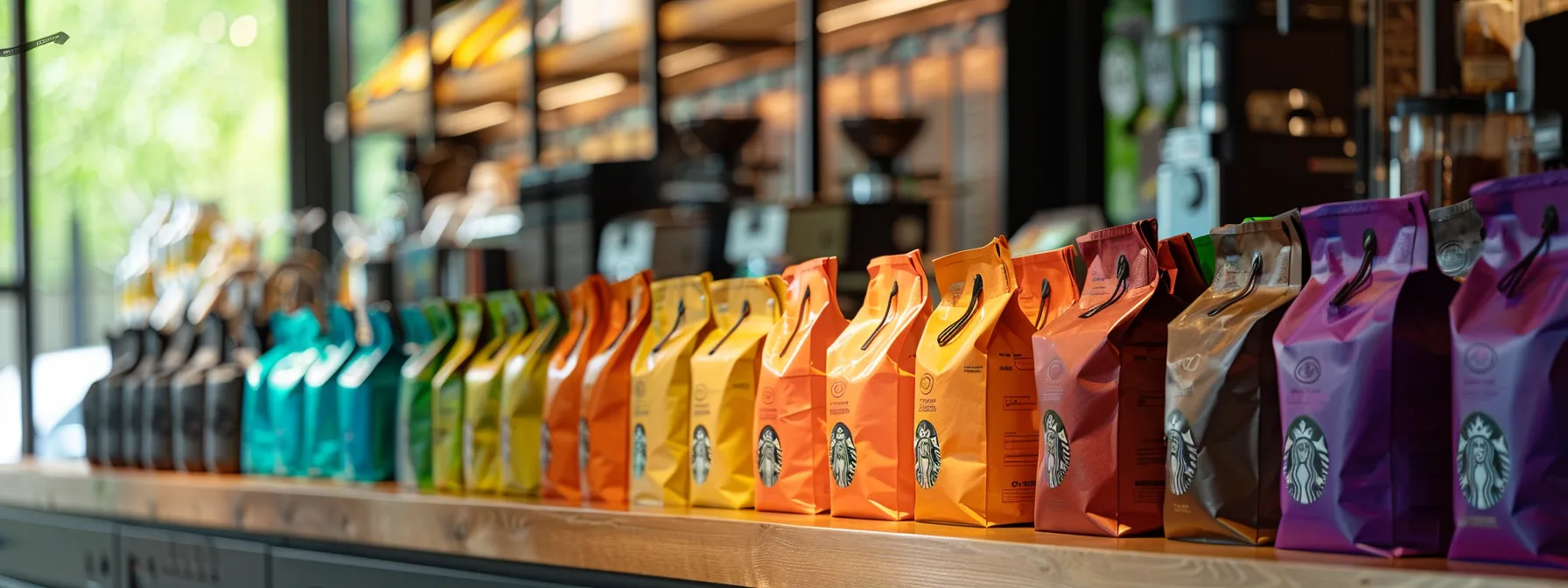
In this section, you will explore the price comparison of craft coffee brands against Starbucks, focusing on the breakdown of pricing structures. You will assess value for money in craft coffees and consider the influence of economies of scale on pricing. These insights will help you better understand the financial aspects of your coffee choices and evaluate what you are truly getting for your investment.
Breakdown of Pricing Structures
When you analyze the pricing structures of craft coffee brands compared to Starbucks, you’ll find clear distinctions that can influence your purchasing decisions. Craft coffee tends to have a higher price point due to the sourcing of premium beans, direct trade practices with farmers, and the meticulous roasting process that emphasizes quality and flavor. While Starbucks offers convenience and consistency at lower prices, the value you receive from craft coffee—such as unique taste profiles and fresher ingredients—can justify the increased cost for coffee enthusiasts looking for a richer coffee experience.
Assessing Value for Money in Craft Coffees
When assessing value for money in craft coffees, you’ll find that the higher price point often reflects superior quality and ethical sourcing practices. Unlike mass-produced brands like Starbucks, craft coffee brands invest in fresh, high-quality beans, resulting in a richer taste experience in every cup. This commitment to quality not only enhances your coffee enjoyment but also supports sustainable practices that benefit farmers and the environment, making your purchase worthwhile beyond just the flavor.
The Influence of Economies of Scale on Pricing
The influence of economies of scale on pricing is significant when comparing craft coffee brands to Starbucks. Larger coffee chains like Starbucks benefit from lower per-unit costs due to their ability to buy ingredients in bulk and streamline production processes. This often results in lower prices for consumers. In contrast, craft coffee brands, which focus on premium quality and direct trade relationships, typically have higher costs, leading to higher prices, but often provide a more nuanced flavor and a commitment to sustainable sourcing that many consumers value.
Price matters, but so does how a brand makes you feel. Next, we’ll explore how customer experience shapes loyalty and identity in a crowded market.
Customer Experience and Brand Identity
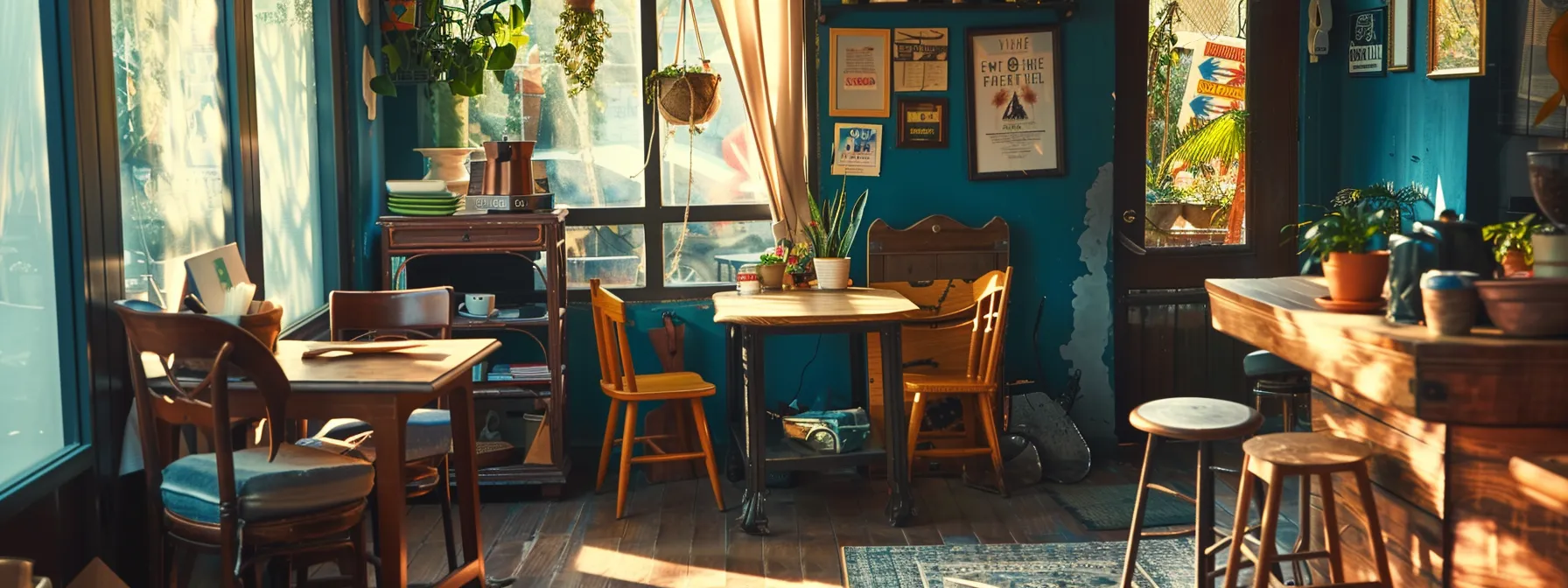
The ambiance of local craft cafes often creates a unique, welcoming atmosphere that enhances your coffee experience. In contrast, Starbucks maintains consistency across its locations, focusing on a familiar environment. Additionally, you may notice differences in personalization and customer service, where craft coffee brands offer a more tailored approach compared to the streamlined service of major chains. These elements play a significant role in defining your overall coffee experience.
The Ambiance of Local Craft Cafes
The ambiance of local craft cafes offers you a distinctive experience that enhances your enjoyment of coffee. These spaces often feature unique decor and a relaxed atmosphere, inviting you to linger and connect with both the coffee and the community. Unlike the uniformity of Starbucks, local cafes create an atmosphere where you can appreciate artisan craftsmanship and engage with knowledgeable staff, making each visit a more personal and enriching experience.
Starbucks’ Consistency Across Locations
Starbucks provides a consistent experience across its locations, ensuring that you can expect similar quality and service, no matter where you are. This uniformity appeals to many consumers who appreciate knowing what they’ll receive when they visit any Starbucks store. From the ambiance to the menu items, the brand has created a reliable coffee shop environment that emphasizes familiarity and convenience, which can be comforting for customers seeking a quick caffeine fix.
Personalization and Customer Service Differences
When it comes to personalization and customer service, craft coffee brands often excel by providing a tailored experience that larger chains like Starbucks may not match. In local cafes, the baristas often know regular customers by name and can recommend specific brews based on individual preferences. This personalized approach not only enhances your coffee experience but also fosters a sense of community that makes each visit memorable:
- Personal interactions with knowledgeable staff
- Customized recommendations based on your taste
- A welcoming atmosphere that encourages engagement
Building a strong brand identity is not just about looks; it shapes how customers feel. Those feelings often lead to questions about a company’s values and its impact on the world.
Ethical and Environmental Considerations
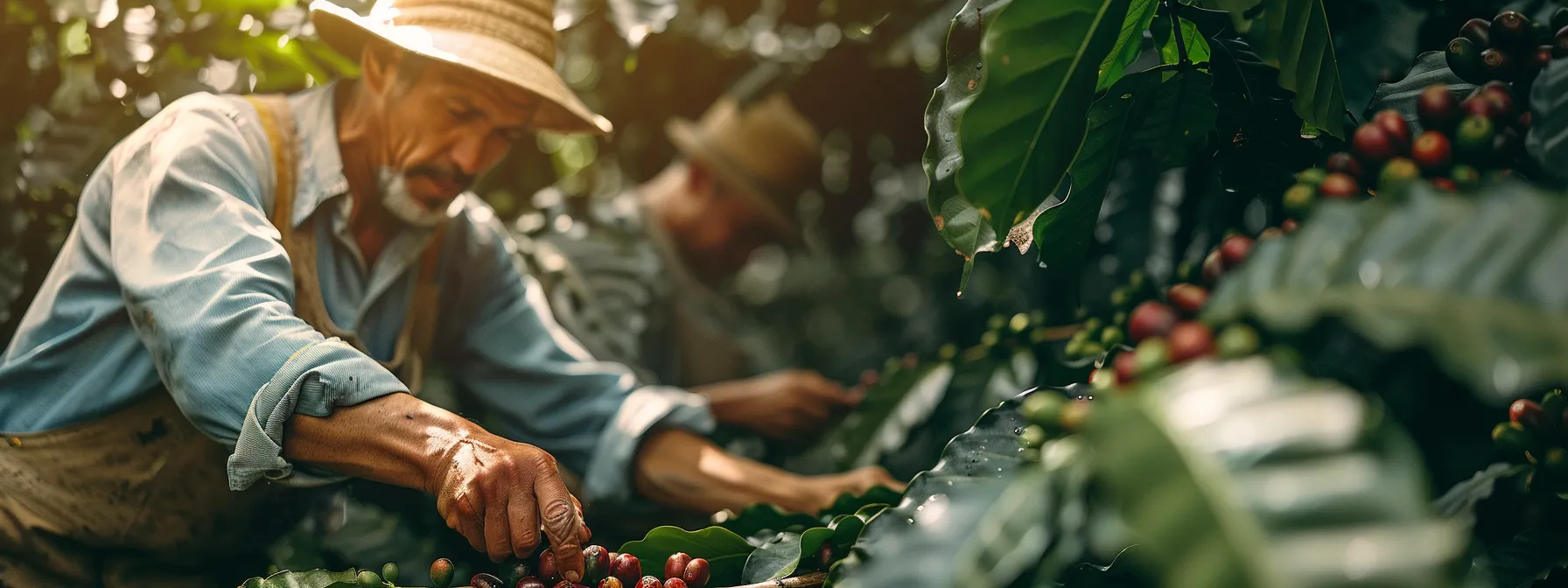
Sustainability practices in craft coffee brands focus on ethical sourcing and direct trade, ensuring that farmers receive fair compensation. Conversely, Starbucks has implemented various environmental initiatives aimed at reducing its carbon footprint. This section will explore both the role of fair trade and organic certifications, highlighting how they impact your coffee choices and the broader implications for sustainability in the coffee industry.
Sustainability Practices in Craft Coffee
Sustainability practices in craft coffee brands focus on ethical sourcing and direct trade relationships, ensuring fair compensation for farmers. By prioritizing organic cultivation methods and environmentally friendly practices, these brands contribute to healthier ecosystems and support local communities. For instance, brands like Counter Culture Coffee actively engage in partnerships that promote sustainable agriculture, allowing you to enjoy high-quality coffee while knowing that your choice positively impacts both people and the planet:
- Direct trade relationships with farmers
- Emphasis on organic cultivation practices
- Environmentally friendly initiatives
- Support for local communities and economies
Starbucks’ Environmental Initiatives
Starbucks has implemented several environmental initiatives that aim to reduce its carbon footprint and promote sustainability. These include efforts to source ethically produced coffee, which reflects a commitment to fair trade and environmental responsibility. For example, Starbucks focuses on using recyclable materials in its packaging and has set ambitious goals to reduce its overall waste and energy consumption. By investing in these practices, you can feel more confident that your coffee choices support a brand actively working towards a more sustainable future.
The Role of Fair Trade and Organic Certifications
Fair Trade and organic certifications play a crucial role in differentiating craft coffee brands from large chains like Starbucks. These certifications ensure that coffee is produced under ethical conditions, promoting fair compensation for farmers and sustainable farming practices. By choosing certified coffee, you support brands that prioritize quality coffee and contribute positively to environmental responsibility:
- Fair Trade ensures farmers receive fair wages.
- Organic certifications emphasize chemical-free farming methods.
- Both certifications enhance transparency in sourcing practices.
Conclusion
Comparing craft coffee brands to Starbucks reveals significant differences in quality, sourcing practices, and customer experience. Craft brands prioritize unique flavors and ethical sourcing, ensuring you enjoy a richer, more authentic coffee experience. Understanding these distinctions empowers you to make informed choices that align with your taste preferences and values. Ultimately, this analysis highlights the growing importance of quality and sustainability in today’s coffee culture.





